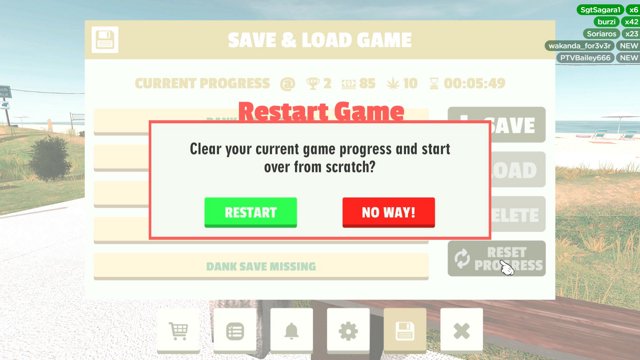


Social equity provisions were baked into the 2019 state law that legalized weed in an effort to boost minority ownership in the industry. But, she said the city must make changes soon to welcome the new batch of dispensary owners, which for the first time, will feature companies primarily owned by minorities. The proposed legislation is a conversation starter, Lightfoot said during her post-City Council press conference in July. Credit: Steven Vance Dispensaries are currently only allowed in the blue shaded properties, but under Lightfoot’s ordinance they would be allowed in the purple shaded properties.

Vance estimated the current eligible properties at around 2,600, which would blossom to around 21,000 under the proposed ordinance. Even with the changes, there would still be over 30,000 commercial and mixed-use properties in Chicago that would not allow a dispensary. “Based on my assumptions of what’s easily developable into a cannabis dispensary, there would be an eight times increase in the number of properties eligible to have a cannabis dispensary,” Vance said. The ordinance retains the requirement that every cannabis company must hold a community meeting ahead of applying for a special use permit from the Zoning Board of Appeals.Īccording to Steven Vance, creator of the real estate information site Chicago Cityscape, opening up properties in the B-3 and C-1 zoning districts would see a huge increase in the number of properties available to be converted into a dispensary without having to navigate City Hall for a zoning change. (Technically speaking, Lightfoot wants to allow weed in buildings designated with B-3 and C-1 zoning tags). Lightfoot’s proposal would loosen the rules to allow dispensaries and other cannabis businesses to open in a far greater number of locations, opening up many neighborhood retails corridors. Those barriers force companies to seek the support of the local alderman to get a change approved by City Council. Lightfoot’s proposal does away with the cannabis districts altogether and reduces the size of the exclusion zone.ĭispensaries and other weed businesses are prohibited from opening without a zoning change in the vast majority of properties throughout the city, including in buildings found along neighborhood business corridors. A Downtown exclusion zone blocks dispensaries in the Loop and a large portion of River North. The city is currently split into seven cannabis districts with caps on the number of pot shops allowed in each. But the ordinance is facing headwinds from aldermen who want to retain influence over the zoning process in their wards. Lightfoot introduced legislation at the City Council’s July meeting to do away with the current cannabis zoning rules she narrowly pushed through the council in 2019. Three state lotteries, the first of which took place last week, will distribute 185 conditional dispensary licenses statewide, with 119 pegged for the Chicago/Naperville/Elgin region, which is one of 17 cannabis regions carved out across the state. CHICAGO - As Chicago’s second weed rush is set to kick off, Mayor Lori Lightfoot is aiming to overhaul the city’s cannabis rules for dispensaries and other pot businesses by allowing more types of locations to house the companies without requiring the blessing of the local alderman.įor the second time since recreational cannabis was legalized, a new batch of dispensary owners will hold a ticket to open in the city, but they will also have the option to take their pot shops and lucrative tax revenue to the suburbs or beyond.


 0 kommentar(er)
0 kommentar(er)
